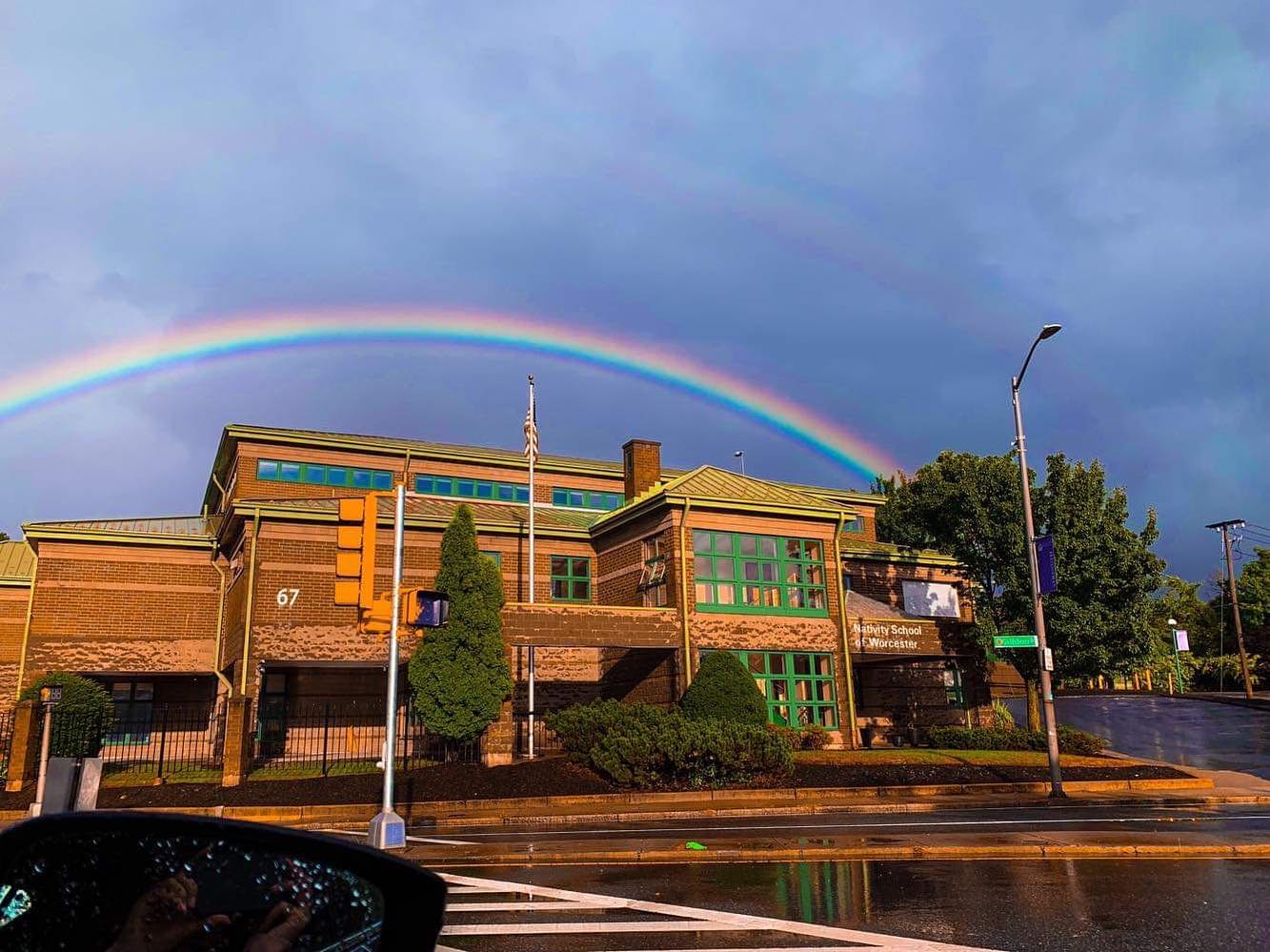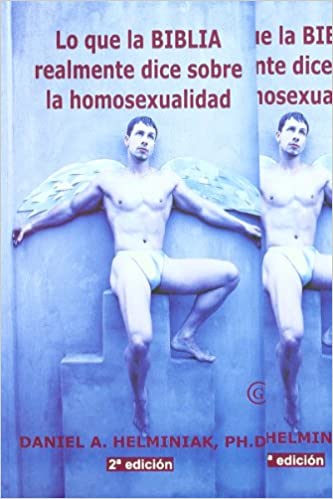In June 2022, Bishop Robert J. McManus of the Diocese of Worcester decreed that the Nativity School, a Jesuit school opened in 2003, could no longer call itself Catholic after the school displayed Pride and Black Live Matter flags on its campus. “The flying of these flags in front of a Catholic school sends a mixed, confusing and scandalous message to the public about the Church’s stance on … important moral and social issues,” wrote the bishop in an official statement.
In response, the school continued to fly the flags. Nativity’s president Thomas McKenney, wrote, “[A]fter meaningful deliberation and discernment by its Board, leadership team, faculty, and partners, Nativity will continue to display the flags in question to give visible witness to the school’s solidarity with our students, families, and their communities. Commitment to our mission, grounded and animated by Gospel values, Catholic Social Teaching, and our Jesuit heritage compels us to do so.”
Madalyne Buco, a religious education teacher at Nativity Worcester, reflects on what it means to serve her diverse population of students.
When I was told that I would be teaching a religious education class as a first-year teacher, I was originally apprehensive and filled with questions. Who was I to be teaching religion? I was raised in the Catholic Church but had no formal training in teaching religion, and I did not feel that my knowledge about my own religion was sufficient to teach my young students. I was full of doubt.
What if I taught them something “wrong”? What if they had a question I didn’t know how to answer? What if there were students in my classroom with polarizing beliefs? How would I handle touchy subject matter with such little experience?
Despite my uncertainty, and as the school year rapidly approached, I planned our first unit on a religious order that I viewed as both straightforward and approachable: the Society of Jesus. I could teach the students what makes the Jesuits different yet still part of the Catholic Church; I could teach the Society’s history and origins with St. Ignatius Loyola, and dive deeper into the life and legacies of the four Jesuits for whom our classes are named.
As the year went on, my confidence in my teaching grew. We learned the differences between the Old and New Testament, the story of Moses and the Israelites’ exodus from Egypt, among other core content. But as with any classroom full of curious minds, controversy arose.
“One of my more soft-spoken students raised his hand and looking me hesitantly and said, ‘Well, my priest tells me that gay people are sin and that they shouldn’t be married and they’re going to hell.'”
We had begun a unit entitled “Ethics, Morality, and Human Rights.” My goal for the end of the unit was for students to research a controversial topic, understand the differing perspectives on the issue and conclude by describing their own stance on the issue. Before we broached this idea, a discussion on the definition of human rights, and which groups have been historically denied said rights, ensued.
When the topic of the LGBTQ community arose, the discussion seemed to quiet down. Sensing their hesitancy and their curiosity, I asked the boys what questions they had about this topic, affirming that my classroom was a safe space, and that as long as their question was respectful, it was okay to ask questions they felt were “dumb” or “silly.”
One student simply asked me to break down the acronym. After a few productive questions and some pleasant discussion, one of my more soft-spoken students raised his hand and looking me hesitantly and said, “Well, my priest tells me that gay people are sinful and that they shouldn’t be married and they’re going to hell.”
The class was quiet and all the students’ eyes were on me.
I knew that my response would be important. I could infuse the discussion with my own beliefs and convictions, saying that his priest was wrong and he shouldn’t listen to him any longer. Or I could be neutral and brush it off saying, “Well, some people unfortunately believe that” and offer no further explanation. Instead, I paused and asked this student gently, “Well, what do you think?
He paused for a moment, shrugged his shoulders and said, “Well, honestly, I don’t really care all that much. It doesn’t really bother me.” It felt like the breath I didn’t realize I was holding left me, and we were able to continue our discussion on human rights.
“It is not my job as a religion teacher to compel or force our students (not all of whom are Catholic) to accept every Catholic teaching …. It is my job to guide them in learning about the church’s teachings so that they can be critical thinkers and just citizens.”
When I was approached for this article with the question “How do we show our kids that the church loves them?” I couldn’t help but think of this interaction with this student. We need to show that the church loves students by our actions as teachers and with our openness to diverse viewpoints. It is not my job as a religion teacher to compel or force our students (many of whom are not Catholic) to accept every Catholic teaching or take every verse in the Bible literally. Rather, it is my job to guide them in learning about the church’s teachings so that they can be critical thinkers and just citizens. As Pope Francis has said, we are meant to form consciences, not replace them.
On a recent retreat we learned that “listening is love in action” and listening to my students’ views, perspectives and knowledge is important to show them that I will love them regardless of their opinions. There are many teachings to be drawn from the Exodus story, for example, and we can use these stories to arm our students with knowledge about what is right and just, even in the face of adversity and challenge.
The life of Christ teaches us that there is no judge on this earth, that all persons are created in the image of God and that are loved unconditionally by him. We need more radical empathy in this world today; we need to sit with one another and not simply tolerate differing viewpoints but choose to go deeper, as Jesus did.
The author Brené Brown says, “It’s hard to hate close up. Move closer.” As Catholics and teachers, we need to show our students that the church loves them by moving closer. We must accept, love, listen to and walk alongside our students in their unique spiritual journeys.



